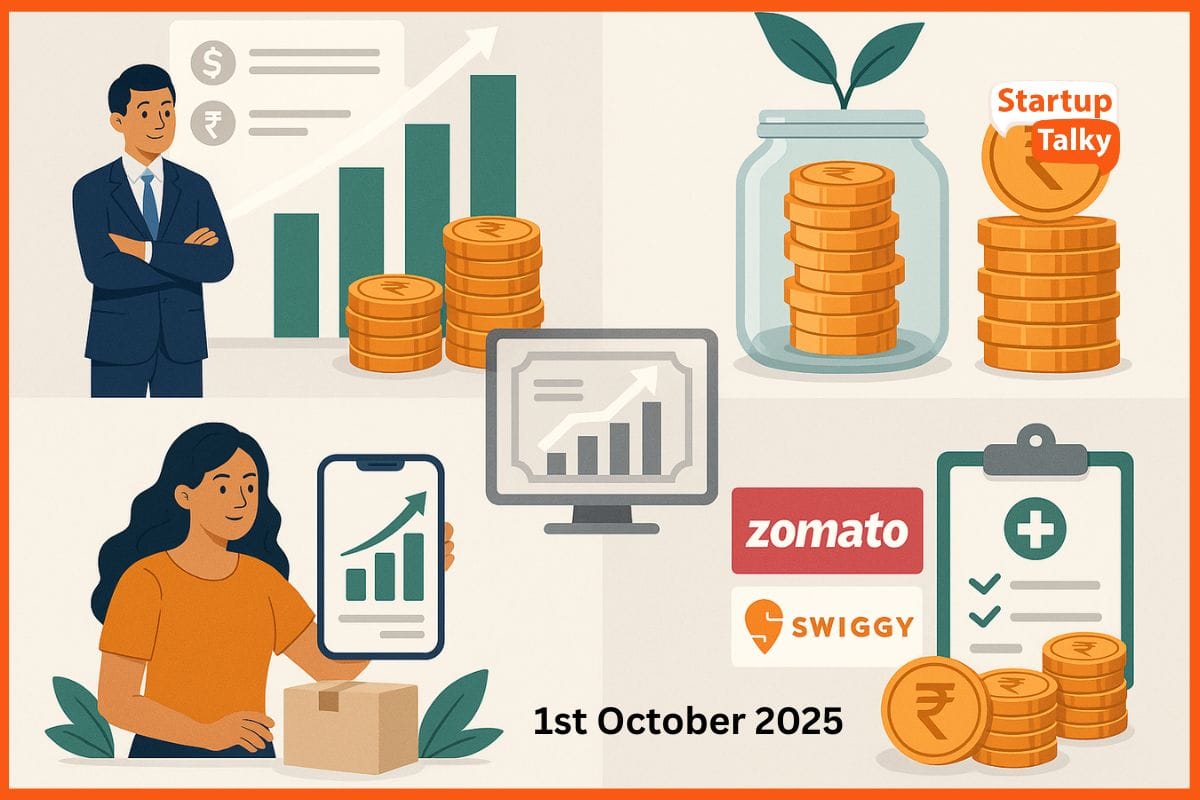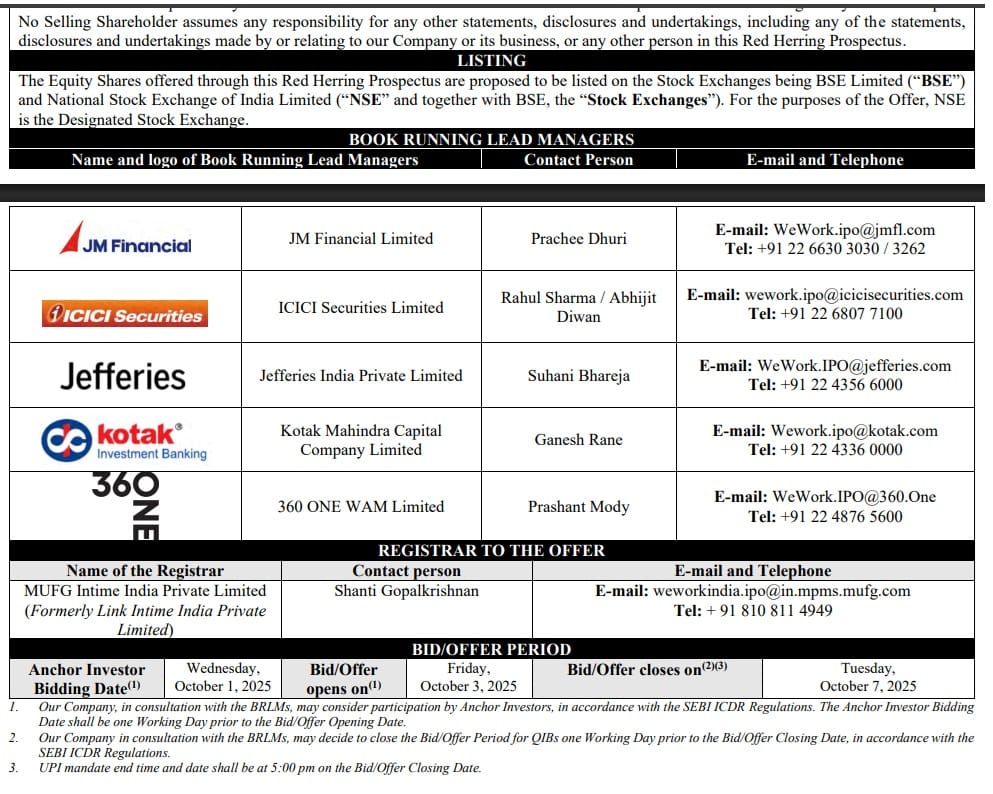Goldman Sachs has sold over 1 crore shares of Eternal Limited, the parent company of Zomato, in a block deal valued at INR 355.32 crore. The shares were sold at INR 329 each, matching the closing price from the previous Wednesday. BofA Securities Europe SA acquired the entire stake, marking a significant transaction in the Indian food delivery and quick commerce sector.
Details of the Transaction
The sale represents approximately 0.11% of Eternal’s equity. Earlier this month, Goldman Sachs sold 82 lakh shares for INR 267 crore and 9.52 lakh shares for INR 31.6 crore, indicating a gradual exit from its investment in Eternal.
Eternal’s Market Performance
Despite a 90% decline in net profit for Q1 FY26 due to increased investments, Eternal has demonstrated strong revenue growth. The company’s market capitalisation has surpassed that of established firms like Tata Motors and Titan, driven by its robust performance in the food delivery and quick commerce sectors. HSBC has recently reiterated a ‘Buy’ call on Eternal, raising its target price to INR 390 per share, reflecting investor confidence in the company’s future prospects.
Employee Stock Option Plans (ESOPs) to Retain Talent
In a strategic move to retain and motivate its workforce, Eternal has approved the grant of 64.13 lakh stock options under its ESOP 2014, 2021, and 2024 plans, valued at approximately INR 211 crore. Each option is convertible into one fully paid equity share with a face value of INR 1. The options granted under the ESOP 2014 and 2021 plans can be exercised within a period of 10 years from the vesting date or 12 years from the date of listing, whichever is later. Options granted under the ESOP 2024 plan carry a 10-year exercise window from the vesting date.
Conclusion
Goldman Sachs’ recent sale of shares in Eternal shows how active and fast-changing the Indian tech and food delivery market is. While the deal reduces Goldman Sachs’ stake in the company, it also shows that investors are still interested in Eternal and its business plans. As the company keeps growing, it is unclear how these changes will affect its market position and how investors feel about it in the coming months.









